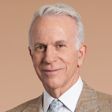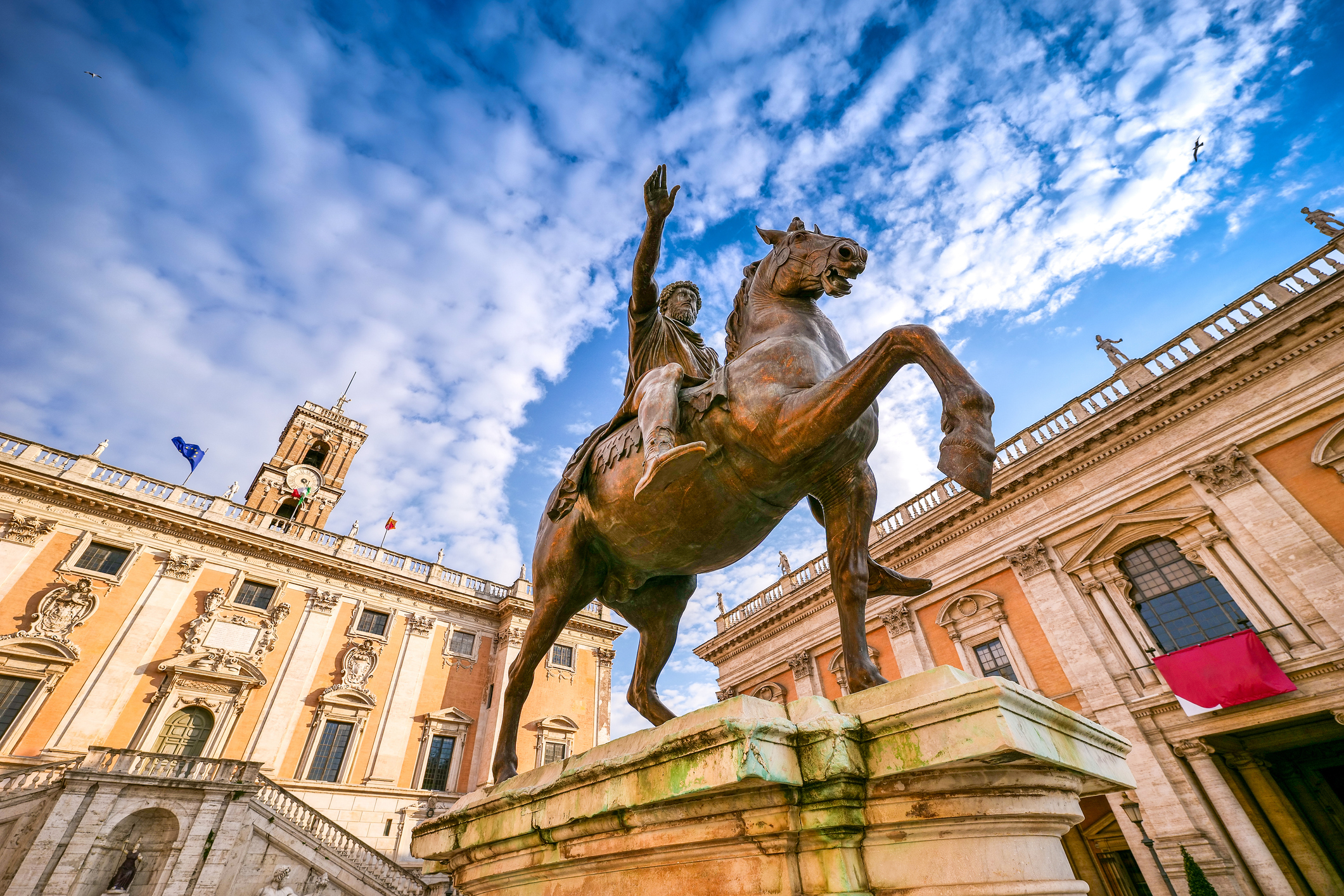The Madoff Antidote
Time to get back to the basics of investing. Plus here are some high-yielding, financially solid companies to consider for your own common-sense portfolio.


Bernard Madoff, the once-admired financier and former chairman of the Nasdaq Stock Market, left a great deal of human misery in his wake. Madoff is said to have admitted to running a Ponzi scheme that cost investors some $50 billion. Rather than making profitable investments, a Ponzi operator satisfies current investors by paying them with money from new investors -- until the edifice collapses under its own weight.
Madoff, it seems, was particularly adept at this game. But Madoff's nefarious activities also serve a beneficial purpose. He inadvertently provided important lessons -- not just for avoiding Ponzi schemes but also for investing in general. Here are six:
1. Diversify.
On a recent visit to Palm Beach, Fla., epicenter of the Madoff nuclear explosion, I heard stories of widows putting every dollar of their financial assets into his investments. According to the New York Times, the Elie Wiesel Foundation for Humanity lost almost all of its assets because of Madoff. The Carl and Ruth Shapiro Family Foundation lost $145 million, and Carl Shapiro himself, more than a half-billion. Richard Spring, 74, who had known Madoff since the 1970s, placed his entire $11 million with the financier.
From just $107.88 $24.99 for Kiplinger Personal Finance
Become a smarter, better informed investor. Subscribe from just $107.88 $24.99, plus get up to 4 Special Issues

Sign up for Kiplinger’s Free Newsletters
Profit and prosper with the best of expert advice on investing, taxes, retirement, personal finance and more - straight to your e-mail.
Profit and prosper with the best of expert advice - straight to your e-mail.
As employees of Enron learned in 2001, the value of an individual investment can sometimes go to zero. The only sure way to cushion such an event is to avoid putting all your eggs in one basket. This is a lesson that history has taught over and over -- to little effect.
2. Watch out if it looks too good to be true.
As the Better Business Bureau puts it: "If it sounds too good to be true, chances are it's a scam." What Madoff promised were high returns with low risk and abundant liquidity. He was saying, in effect, "Invest with me, and I will provide you with returns of about 10% every year. If you need your money back, I will give it to you in a few days." (Even in 2008, with the broad market down nearly 40% through November, a Madoff hedge fund had supposedly gained 6%.)
Such investments simply do not exist. Yes, the U.S. stock market has returned an average of about 10% a year over more than eight decades -- but with high annual volatility. In investing, you trade high returns for low risk; you can't have both at once. What Madoff was offering was essentially a highly liquid bond. If a two-year U.S. Treasury note was yielding 4%, and Madoff was practically guaranteeing a return six points higher, then alarm bells should have been ringing.
3. Know your investments.
Based on the reactions of those who lost millions, I would guess that most of Madoff's investors had not the slightest idea what they were buying. That's dangerous. At the least, it means that you can't balance your portfolio among different assets because you don't know what the assets are. In Madoff's case, it meant that he may not have been investing your money at all.
Madoff said he was using a "split-strike conversion" trading strategy. The objective is to put a "collar" around an investment, which limits losses but also caps gains. The strategy involves buying a basket of blue-chip stocks, selling out-of-the-money call options on an index of which the stocks are a part, and buying out-of-the-money puts on the index for protection on the downside (see Hedge Your Bets).
Other money managers use variations of this strategy. One of them, Harry Markopolos, filed several complaints against Madoff with the Securities and Exchange Commission. Markopolos contended that Madoff's version "should not be able to beat the return on U.S. Treasury bills" -- far less than the range of returns, between 6% and 20% annually, that the system is supposed to have achieved.
Markopolos's 2005 complaint against Madoff makes fascinating reading. But just use your own common sense. If such a system really could produce such huge returns, wouldn't other money managers have adopted it and, by so doing, reduced its effectiveness? And why, as Markopolos asks, would Madoff be willing to share his profits by inviting other investors to participate and simply skimming off fees? If you had discovered investing's Holy Grail, wouldn't you keep it to yourself?
Read your monthly or quarterly statements. Understand what investments you own and what risks you're taking. You certainly can't be expected to follow every trade a mutual fund manager makes, but you can be expected to know that you're in a small-company stock fund or a corporate bond fund.
[page break]
4. Keep your adviser at arm's length.
Madoff, by all accounts, was a captivating character. And that can be a big problem. You need to choose your investments dispassionately. Most investors would be far less likely to put money into a split-strike conversion strategy than they would into Madoff himself. That's what they were buying: Bernie. And they knew that other smart people at the country club had bought Bernie, so they felt secure -- and paid dearly.
The lesson is not to buy Bernie or John or anyone else. Stay at a distance from managers of investments. Treat them as professionals, not pals -- and certainly not as geniuses who, if you are nice to them, will allow you to buy their products.
5. Hedge-fund managers aren't so smart.
Madoff deceived not only large banks, sophisticated individual investors, foundation directors and financial advisers but also respected hedge funds.
Losing more than $1 billion each, according to news reports, were hedge funds such as Access International, Fairfield Greenwich and Tremont. To make matters worse, hedge funds sting their customers with high fees. The typical hedge fund charges 2% a year on the money it manages, plus 20% of the annual profits. So, if Madoff earned 10% in a particular year, a hedge fund that invested with him would have skimmed off four percentage points for itself.
Yes, some hedge-fund managers are brilliant, but finding them is not easy. The Madoff affair shows, once again, that low-cost mutual funds make far more sense for most individual investors.
6. Don't count on the regulators.
When you invest, you're on your own. Regulators aren't venal or stupid, but they can't keep an eye on every potential scam; they are overwhelmed, and, like everyone else, they make mistakes. The SEC received warnings about Madoff as early as 1999. But as Arthur Levitt, former chairman of both the SEC and the American Stock Exchange, says, "A very skillful criminal can almost always outfox the regulator or the overseer."
If Madoff's system turned out to be a fantasy, what's the alternative? First, understand that you won't find an investment that returns 10% risk-free. But, with more modest expectations, consider solid dividend-paying stocks. In times like these, dividends provide ballast for long-term investors. And good payouts from good companies abound.
Consider H.J. Heinz (HNZ), the global food giant. With its powerful, everyday brands, such as Heinz Ketchup, Ore-Ida potatoes and T.G.I. Friday's, Heinz should be able to weather the recession. Its stock yields 4.5%, considerably higher than the yield on a ten-year Treasury bond, which, as I write, is about 3%.
Other consumer-product stocks to look at are Kraft Foods (KFT), with a yield of 4.4%, and Coca-Cola (KO), 3.5%. Also check out drug makers Merck (MRK), with a yield of 4.9%, and Eli Lilly (LLY), 5.1%, and unless you have ethical qualms, tobacco stocks Altria (MO), 7.5%, and Lorillard (LO), 5.9%. All of these companies have solid balance sheets and an expectation of decent cash flow in 2009 and beyond.
Of course, no dividend is guaranteed, especially in the current environment, but I like these returns even if the companies freeze their payouts -- or trim them by half, for that matter -- and their share prices don't rise at all for a few years. In a bear market like this one, the foundation of your portfolio should be tried-and-true dividend-paying stocks.
This is going to be a nasty recession. Even if the complicated concoctions that Bernie Madoff mixed up had been real rather than fantasy, smart investors would have been wise to ignore them. Instead, buy shares in strong businesses that are highly likely to send you a steady stream of dividend checks.
James K. Glassman, author of two books on investing, has written a personal-finance column since 1993. He is president of World Growth, a nonprofit organization that promotes global economic development.
Profit and prosper with the best of Kiplinger's advice on investing, taxes, retirement, personal finance and much more. Delivered daily. Enter your email in the box and click Sign Me Up.

-
 The Stoic Retirement: Ancient Wisdom for Today's Reality
The Stoic Retirement: Ancient Wisdom for Today's RealityA "Stoic retirement" doesn't mean depriving yourself. It's a character-based approach to life and aging that can bring calm and clarity.
-
 My Teen Crashed His Car and Now Our Insurance Has Tripled. What Now?
My Teen Crashed His Car and Now Our Insurance Has Tripled. What Now?Dealing with the costly aftermath of a teen car accident is stressful. Here are your options for navigating it.
-
 11 Outrageous Ways To Spend Money in Retirement
11 Outrageous Ways To Spend Money in RetirementWhether you have excess cash to spend or want to pretend, here’s a look at 11 ridiculous ways retirees can splurge.
-
 Best Banks for High-Net-Worth Clients
Best Banks for High-Net-Worth Clientswealth management These banks welcome customers who keep high balances in deposit and investment accounts, showering them with fee breaks and access to financial-planning services.
-
 Stock Market Holidays in 2025: NYSE, NASDAQ and Wall Street Holidays
Stock Market Holidays in 2025: NYSE, NASDAQ and Wall Street HolidaysMarkets When are the stock market holidays? Here, we look at which days the NYSE, Nasdaq and bond markets are off in 2025.
-
 Stock Market Trading Hours: What Time Is the Stock Market Open Today?
Stock Market Trading Hours: What Time Is the Stock Market Open Today?Markets When does the market open? While the stock market has regular hours, trading doesn't necessarily stop when the major exchanges close.
-
 Bogleheads Stay the Course
Bogleheads Stay the CourseBears and market volatility don’t scare these die-hard Vanguard investors.
-
 The Current I-Bond Rate Is Mildly Attractive. Here's Why.
The Current I-Bond Rate Is Mildly Attractive. Here's Why.Investing for Income The current I-bond rate is active until April 2026 and presents an attractive value, if not as attractive as in the recent past.
-
 What Are I-Bonds? Inflation Made Them Popular. What Now?
What Are I-Bonds? Inflation Made Them Popular. What Now?savings bonds Inflation has made Series I savings bonds, known as I-bonds, enormously popular with risk-averse investors. How do they work?
-
 This New Sustainable ETF’s Pitch? Give Back Profits.
This New Sustainable ETF’s Pitch? Give Back Profits.investing Newday’s ETF partners with UNICEF and other groups.
-
 As the Market Falls, New Retirees Need a Plan
As the Market Falls, New Retirees Need a Planretirement If you’re in the early stages of your retirement, you’re likely in a rough spot watching your portfolio shrink. We have some strategies to make the best of things.